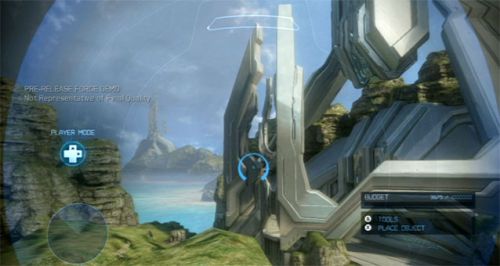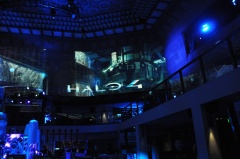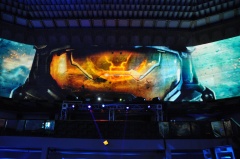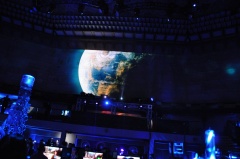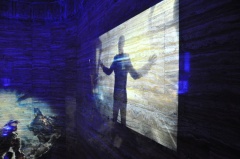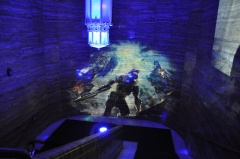Since the dawn of Halo 3, Forge Mode has been a massive hit between casual and professional players to make the perfect maps for any occasion. The question these days is, however, will Halo 4’s version hold its own compared to its predecessor’s?
The bulk of what Halo’s Forge Mode offers is what we can expect; what you can dream, you can create. Just like in previous installments, Halo 4’s Forge Mode will allow players to move objects, lock them into place, duplicate them, set weapons, and the works. This time around, however, there will be a never before seen lighting system that will allow players to manipulate shadows around the maps. Player Trait Zones have been included to give players the ability to alter the physics within a specified zone on a map, such as gravity, once a player steps inside. This can dramatically alter a playing field that older Forge Modes could never accomplish so easily.
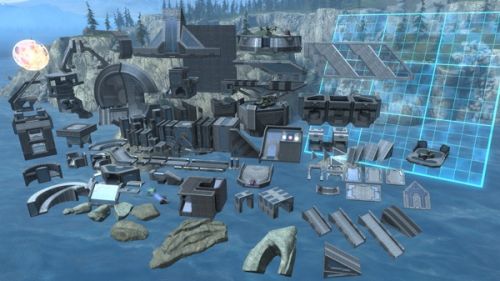
What we’ve found in Reach’s Forge mode was a lack of terrain options to work with, only able to manipulate futuristic looking structures around a grassy, mountainous area called Forge World. No differentiation in map textures can grow old very quickly when Halo players play as much as they do, with every map looking just like the last. Without a shadow of a doubt, the Halo community is most curious to know what sort of environments will be able to work with in Halo 4’s Forge Mode. 343’s Community Manager, Jessica Shea, has some answers for us during the RoosterTeeth Expo last week:
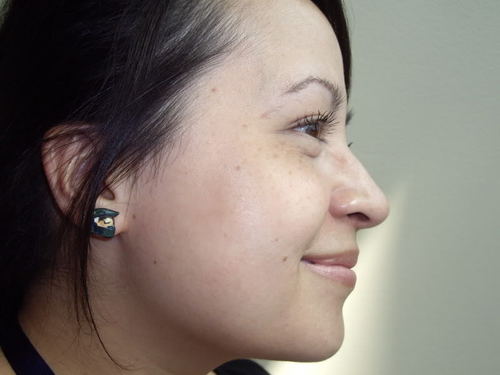
The environments will be large enough to accommodate just about any design you can think of, from a Lockout remake to a sprawling racetrack. There will be rolling hills, flat, sterile spaces, big, flat indoor areas and everything in between. The difference is that we’ll use more than one environment – an aesthetic – rather than a giant contiguous space like Forge World. There will also be HUGE FLAT JUMBO Coliseum “walls” that you can instantly place as enormous floor tiles (or walls). All the spaces are being designed with flexibility and performance in mind.
But what about the structures used to create the battlefield? Shea continues on, explaining how Forge Mode objects will be mainly UNSC theme on specific maps, but new variants may emerge as time goes on post release:
The inclusion of a new lighting engine and some unique palettes will make things look more varied and connected. Some simple examples – you can make Lockout and The Pit with relative ease and plenty of room. If you want to do something giant and meandering, you’ll have to incorporate some of the environments existing features (hills, cliffs etc).We’ll reveal more about the environments later, and while you won’t be able to make a literal night time version, there will be an element that will enable a starkly different look than the bright daytime maps you’re used to – and the addition of proper lighting and shadowing on and in objects will make a radical difference.
The nighttime/daytime aspects of control seem to be one of the key aspects of this game’s improvements. However, this is only scratching the surface of what we will be expecting out of 343. Loads of new features that will help to create the perfect customizable world have been taken into account, some of which might even surprise a veteran Halo Forger.
You will be able to place weapons – and vehicles at will. Custom games will also allow you to define your own loadouts so you will not be limited by your progress in the main Infinity progression. Coordinates and grids are returning and will be in some ways more useful thanks to other features like magnets and so on.
For a more in depth look into Halo 4’s Forge Mode, load up Halo Waypoint today to see what 343 Industries has in store for you this November.
Source: Vg247.com
